The French in Italy, 1917-1918
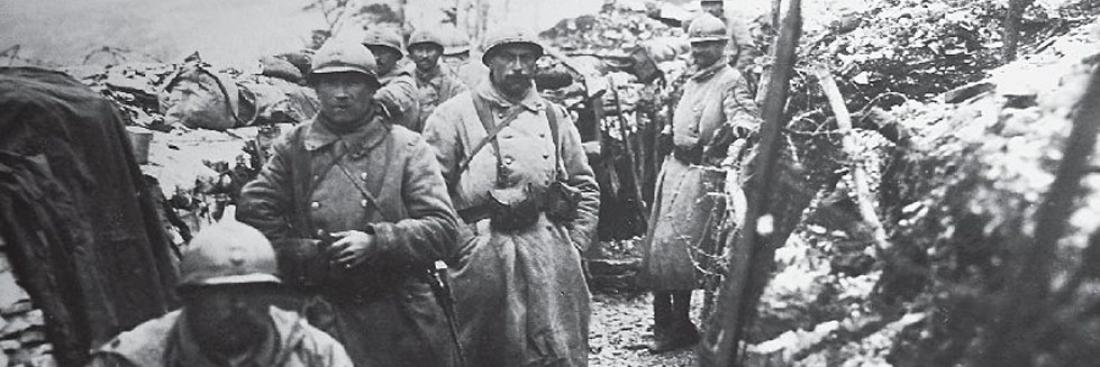
The French in Italy, 1917-1918
Le corps expéditionnaire en 1917
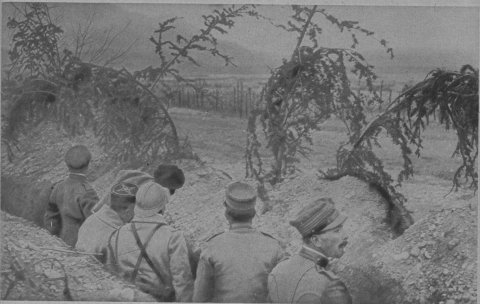
1917. From a passageway, French and Italian soldiers keep watch over the Piave. Source: Library of Congress.
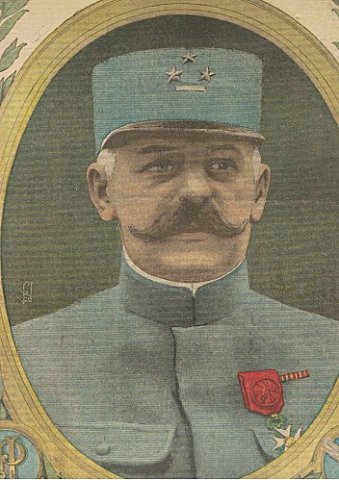
General Duchêne. Source: Le Petit journal illustré, 18 February 1917.
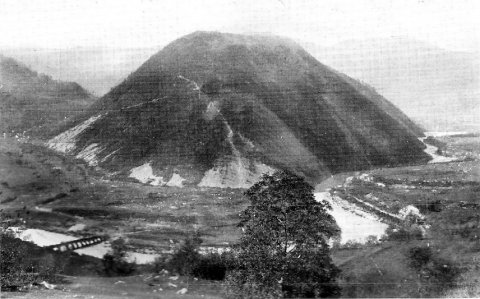
Mount Tomba, 1917. Source: Fritz Jung: Die Goslarer Jäger im Weltkriege - Hildesheim, Buchdruckerei Lax, 1933.
The attacks raged and Mount Tomba was conquered by the enemy who, exhausted, was unable to progress further.
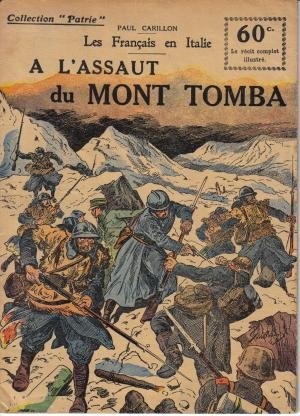
Patriotic publication from 1918. Source: Public domain.
On 4 December, the French units joined the front line. The Alpine Hunters of the 47th Alpine Infantry Division (DIA) reached Mount Tomba on 30 December. Infantrymen, hunters, artillerymen and firefighters held their sectors until March 1918. Foch recalled the 10th French Army Corps to the Western Front, with the exception of the 12th AC, which was renamed the FFI (French Forces in Italy) under the command of General Graziani.

Castelfranco, Veneto, prisoners captured on Mount Tomba arriving to the camp. January 1918. Source: ECPAD. Photo: Maurice Boulay.
The offensive of 1918
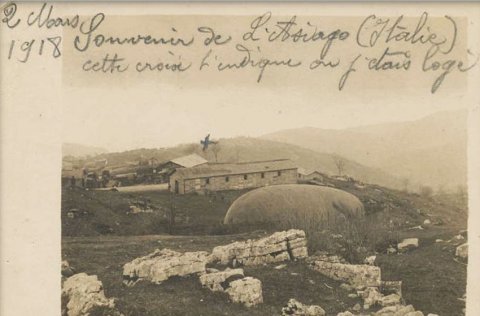
On the Asiago plateau, the observation balloon is carefully concealed in the hollows of the land. Photo, Corporal Julien Naboulet of the 108th IR. Source: 1914-1918.
The 12th AC relieved the Italians on Asiago plateau on 25 March. In June, its units fought in the battles of Capitello-Pennar, Meltar, Il Prunno and Cima Echar where the Austrians were pushed back.
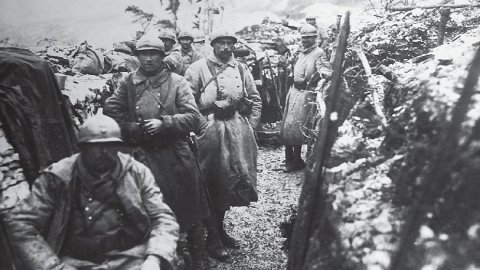
Asiago Plateau, 17 June 1918, during the Austrian offensive. Source: Public domain.
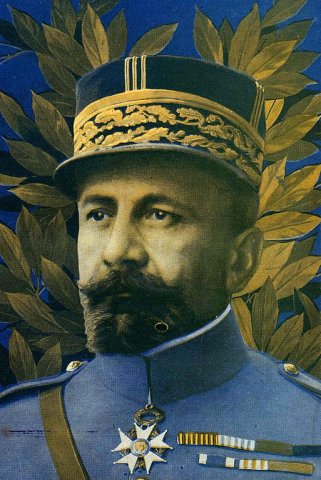
General Jean César Graziani. Source: Le Pays de France, 31 October 1918.
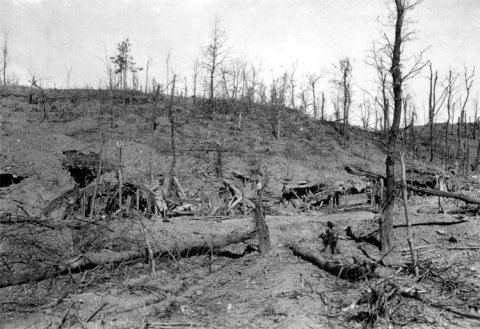
The Asiago plateau destroyed in Autumn 1918. Source: Public domain.
Sites of remembrance
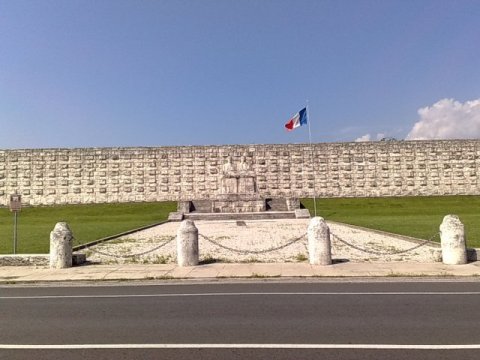
Pederobba. French military graveyard. Source: davetto.altervista.org
Graveyards
It was the association of French war veterans in Italy that came up with the idea to bury the dead from the Piave front on one site. Georges Gayrand, French consul in Venice, chose a plot of land in Pederobba for the gravesite. On 10 December 1935, in Rome, a French-Italian committee approved the plans for a remembrance monument consisting of a 100-metre-long wall, 10 metres high and 6 metres wide, symbolising the Italian feat of stopping the Austrian offensive.
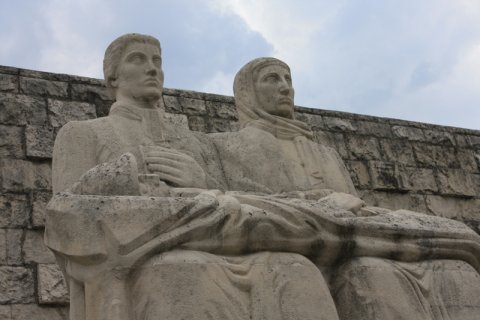
Detail of monument. Source : montegrappa.org
Created by Camille Montagné, and decorated with statues sculpted by Louis Leygue, the wall holds 1,000 bodies (994 identified, six unknown) of French soldiers exhumed from several military cemeteries within its cavities.
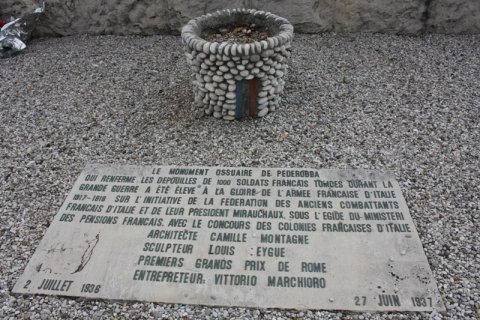
Detail of monument. Source : montegrappa.org
The graveyard was inaugurated on 27 June 1937 by General Ceci during a French-Italian ceremony in the presence of civilian and military authorities, a crowd of veteran soldiers and their families. Honours were awarded by a company of the 5th Alpini (mountain troops) and by a company of the Chambéry 13th Army Corps Battalion.
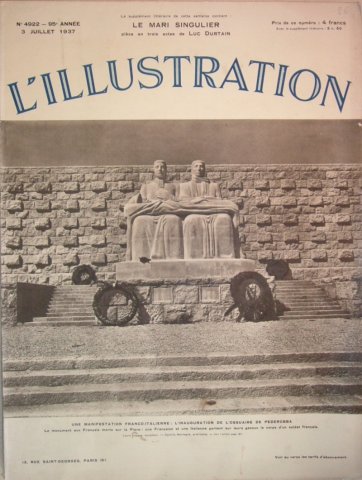
The monument in Pederobba. Source: L'Illustration, 3 July 1937.
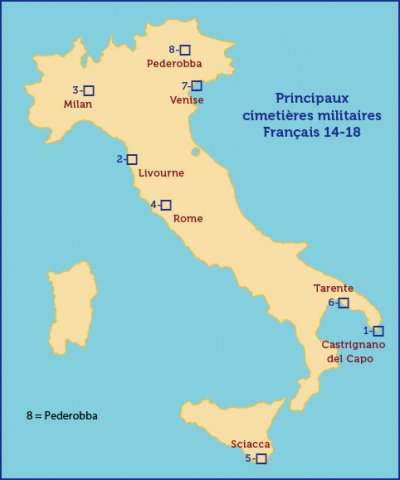
Map. Source: MINDEF/SGA/DMPA
Monuments
In the village of Pederobba, two kilometres from the graveyard, a 3.5m-high obelisk commemorates the crossing of the Piave in October 1918 by the 23rd French ID and the 52nd Italian ID. It was opened in June 1972 by the French veterans in Italy association.

Monument erected on 11 June 1972 by the French war veterans in Italy association, 1917-1918. Source: Dott. Pizzaia sind-le Bordays arch. - A. Bresolin Cost
At the summit of Mount Tomba, a chapel is dedicated to the soldiers killed in these battles. Inside, an ex voto plaque is an homage to the memory of the dead: the Alpine hunters, infantrymen, artillerymen, engineers and other soldiers in the French units who fought in the sector.

